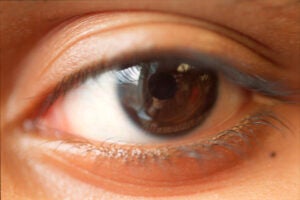Tag: Cell
-
Nation & World
Fresh insights into inflammation, aging brains
Harvard scientists’ research on mice suggests chain reaction may be involved in the brain’s aging process.
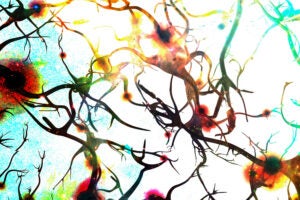
-
Nation & World
Looking to retain most potent regenerative stem cells
Early on human bodies are full of pluripotent stem cells, capable of generating any other type of cell. The problem is we lose them at birth.
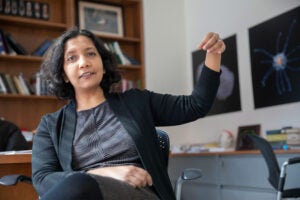
-
Nation & World
Touch and taste? It’s all in the suckers
Harvard researchers uncover novel family of sensors in octopuses.

-
Nation & World
Filling gaps in our understanding of how cities began to rise
Genomic analysis shows long-term genetic mixing in West Asia before the rise of the world’s first cities
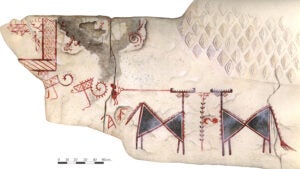
-
Nation & World
A flawed masterpiece
In a new paper published in Cell, Harvard researchers exploring the genetic features that help make the knee possible found that the regulatory switches involved in its development also play a role in a partially heritable disease.
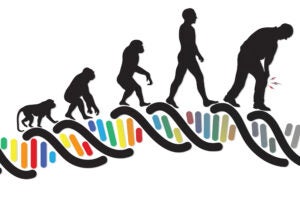
-
Nation & World
Easy on the eyes
New computer program uses artificial intelligence to determine what visual neurons like to see. The approach could shed light on learning disabilities, autism spectrum disorders, and other neurologic conditions.

-
Nation & World
Researchers ID molecules that rein in CRISPR systems
Scientists have identified the first chemical compounds able to inhibit and regulate CRISPR systems, which could ultimately make CRISPR gene-editing technologies more precise, efficient, and safe.
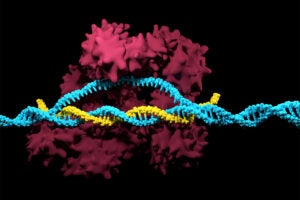
-
Nation & World
Seeing cell membranes in new light
Harvard’s Adam Cohen is the lead author of a new study that challenges conventional theories about the fluid nature of cell membranes and how they react to tension.
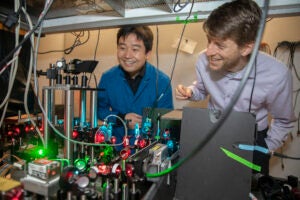
-
Nation & World
Developing micron-sized magnetic resonance
Harvard scientists have developed a system that uses nitrogen-vacancy centers — atomic-scale impurities in diamonds — to read the nuclear magnetic resonance signals produced by samples as small as a single cell — and they did it on a shoestring budget using a 53-year-old, donated electromagnet.
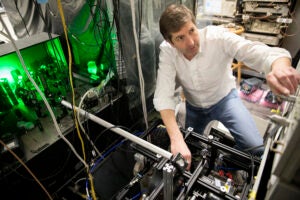
-
Nation & World
Skin pigmentation is far more complex than thought
The genetics of skin pigmentation become progressively complex the closer populations reside to the equator.

-
Nation & World
Lab opens doors for an undergrad experience
As part of Harvard’s Wintersession, a handful of freshmen got the chance to experience the reality of lab work by exploring how altering genes in yeast affected the cells’ functions.
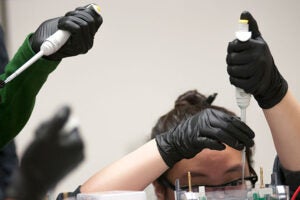
-
Nation & World
Closer view of the brain
A team of researchers has succeeded in imaging — at the nano scale — every item in a small portion of mouse brain. What they found, Lichtman said, could open the door to, among other things, understanding how learning alters the brain.
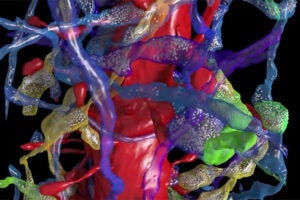
-
Nation & World
‘Beige’ cells key to healthy fat
“Beige fat” cells found in healthy subcutaneous fat in mice play a critical role in protecting the body against the disease risks of obesity, report Harvard researchers at the Dana-Farber Cancer Institute, who say their study findings may have implications for therapy of obesity-related illness in humans.
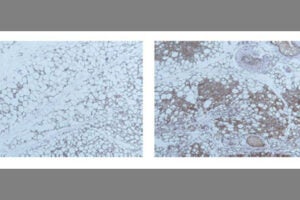
-
Nation & World
Clues on generating muscles
Harvard stem cell scientists have discovered that the same chemicals that stimulate muscle development in zebrafish can be used to differentiate human stem cells into muscle cells in the laboratory, which makes muscle cell therapy a more realistic clinical possibility.
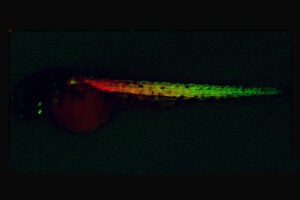
-
Nation & World
Go with your gut
Peter Turnbaugh and co-authors Corinne Ferrier Maurice and Henry Joseph Haiser show that as drugs are administered, the activity of human gut microbes can change dramatically. Understanding how those changes affect drug chemistry could help researchers to design drugs that work more effectively and antibiotics that more specifically target pathogens.
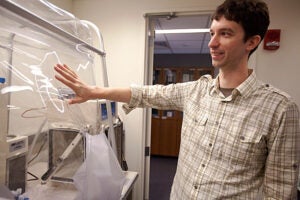
-
Nation & World
One cell is all you need
Scientists at Harvard have pioneered a breakthrough technique that can reproduce an individual’s entire genome from a single cell. The development could revolutionize everything from cancer treatment, by allowing doctors to obtain a genetic fingerprint of a person’s cancer early in treatment, to prenatal testing.
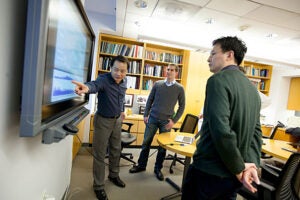
-
Nation & World
My microbes
A new study reports that the superabundance of microbial life lining our GI tracts has co-evolved with us. These bacteria, which are essential for a healthy immune system, are ultimately our evolutionary partners.
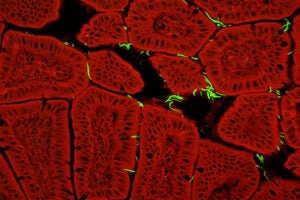
-
Nation & World
An opening against Alzheimer’s
Findings by a team at Harvard-affiliated Beth Israel Deaconess Medical Center suggest a new strategy for diagnosing and treating Alzheimer’s disease.

-
Nation & World
‘A timeout from your regular life’
Scientist Benny Shilo left his developmental biology lab to spend a year as a fellow at Radcliffe, where he explores the intersection of art and science to foster greater public understanding.
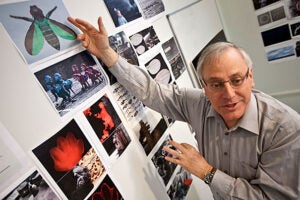
-
Nation & World
New way to explore how life, disease work
Researchers have built a map that shows how thousands of proteins in a fruit fly cell communicate with each other. This is the largest and most detailed protein interaction map of a multicellular organism, demonstrating how approximately one-third of the proteins cooperate to keep life going.
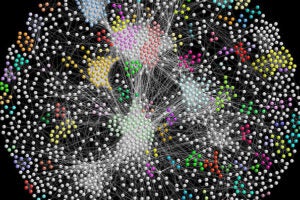
-
Nation & World
Breathing easier with lung regeneration
Harvard researchers have cloned stem cells from the airways of the human lung and have shown that these cells can form into the lung’s alveoli air sac tissue. Mouse models suggest that these same stem cells are deployed to regenerate lung tissue during acute infection, such as during influenza.
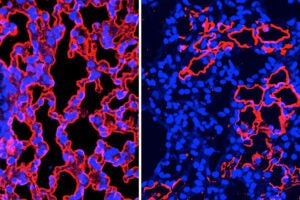
-
Nation & World
Disrupting a cancer gene
Scientists at Harvard-affiliated Dana-Farber Cancer Institute have successfully disrupted the function of a cancer gene involved in the formation of most human tumors by tampering with the gene’s “on” switch and growth signals, rather than targeting the gene itself.
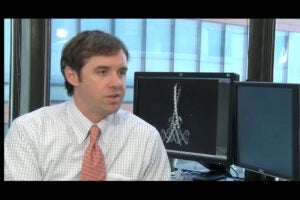
-
Nation & World
Cell’s linchpin protein found
After decades of failed efforts, researchers have discovered, through a combination of digital database mining and laboratory assays, the linchpin protein that drives mitochondria’s calcium machinery.
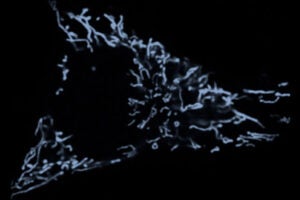
-
Nation & World
A man of endless curiosity
Emre Basar seeks to understand how small interfering RNA (siRNA) can be harnessed and integrated into cells with the goal of silencing the expression of certain proteins that allow diseases like breast cancer and HIV to proliferate inside the body.
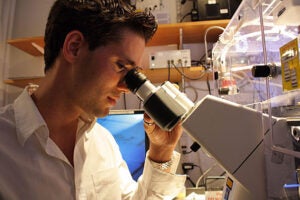
-
Nation & World
Doctor examines torture
Author and Harvard doctor Atul Gawande explored the practice of solitary confinement in a lecture at Harvard Law School.




